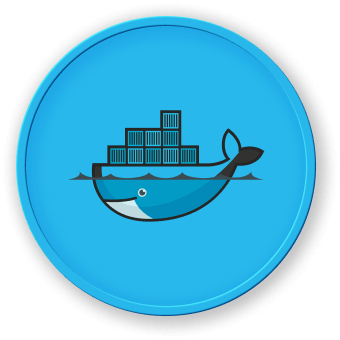Docker Image Fundamentals
What is a Docker Image?
A Docker image is a lightweight, standalone, and executable package that includes everything needed to run a piece of software, including the code, runtime, system tools, libraries, and settings. It serves as a blueprint for creating containers, which are running instances of these images.
Key Components of Docker Images
Docker images consist of multiple layers, each representing a set of filesystem changes. These layers are read-only and help optimize storage and performance.
graph LR
A[Base Image Layer] --> B[Application Layer]
B --> C[Configuration Layer]
C --> D[Runtime Layer]
Image Creation Process
To create a Docker image, developers use a Dockerfile, which contains instructions for building the image. Here's a practical example:
## Ubuntu 22.04 Dockerfile example
FROM ubuntu:22.04
LABEL maintainer="[email protected]"
## Update system packages
RUN apt-get update && apt-get upgrade -y
## Install necessary tools
RUN apt-get install -y python3 python3-pip
## Set working directory
WORKDIR /app
## Copy application files
COPY . /app
## Install dependencies
RUN pip3 install -r requirements.txt
## Expose port
EXPOSE 8000
## Define entry point
CMD ["python3", "app.py"]
Docker Image Repositories
| Repository Type |
Description |
Example |
| Local Repository |
Images stored on local machine |
Docker daemon cache |
| Public Repository |
Publicly accessible image storage |
Docker Hub |
| Private Repository |
Restricted access image storage |
Azure Container Registry |
Image Management Commands
Docker provides several commands for managing images:
## Pull an image from repository
docker pull ubuntu:22.04
## List local images
docker images
## Remove an image
docker rmi ubuntu:22.04
## Build an image from Dockerfile
docker build -t myapp:v1 .
Understanding Image Layers
Each instruction in a Dockerfile creates a new layer. These layers are cached and can be reused across different images, which significantly reduces build time and storage requirements.
graph TD
A[Base Ubuntu Layer] --> B[Python Installation Layer]
B --> C[Application Code Layer]
C --> D[Configuration Layer]
Efficient Docker images should be:
- Minimal in size
- Quick to download and start
- Containing only necessary components
By understanding docker image basics, developers can create optimized container images for various deployment scenarios.




